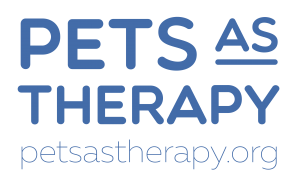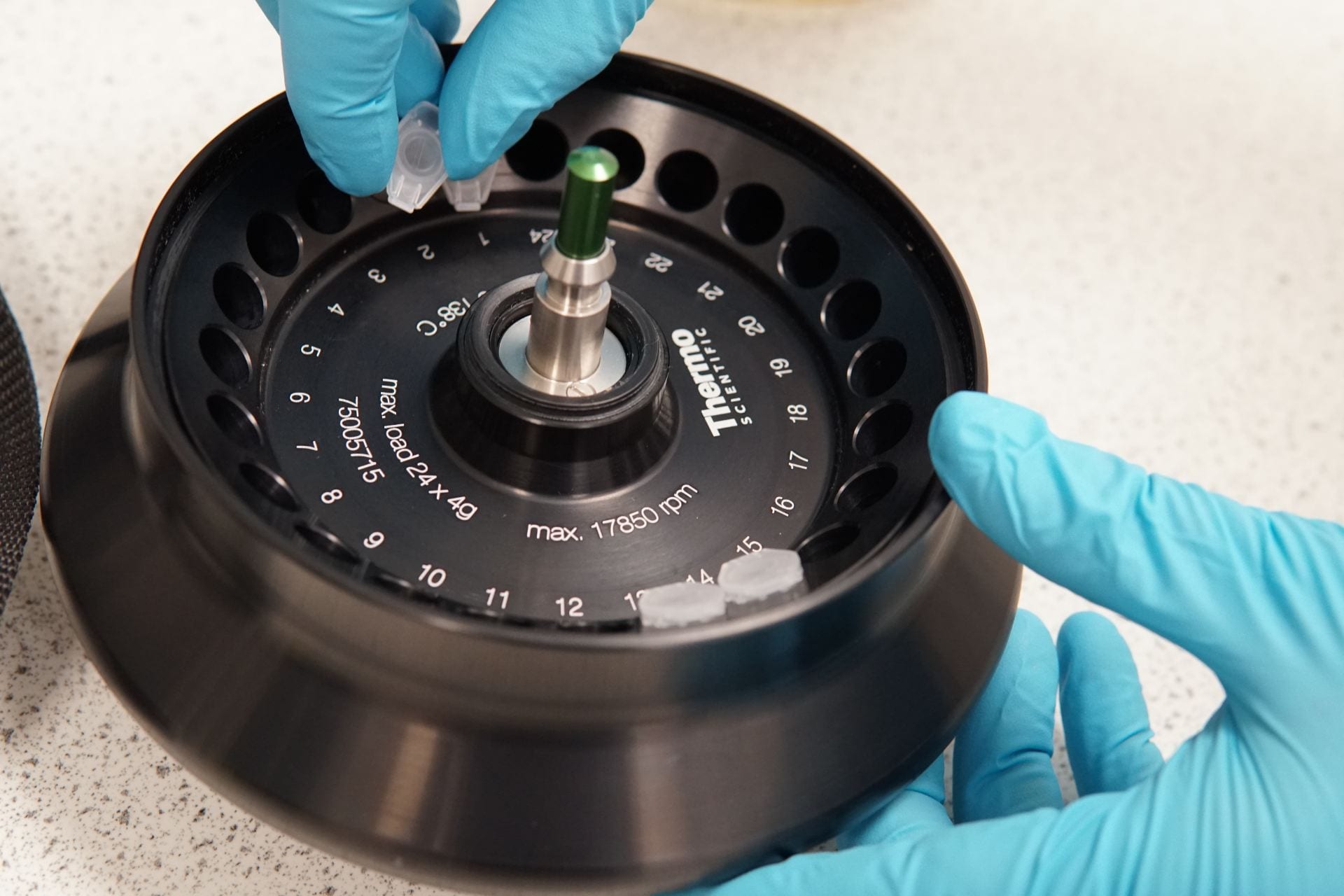Aims
The project will look at the effects of a dog-assisted intervention:
- We will compare the effects in typically developing children and in children with special needs.
- Both typically developing children and children with special needs will be from varying socioeconomic backgrounds.
- We will investigate the effects on children’s physiological, psychological, socio-emotional, motor and cognitive behaviour.
- We will compare the dog- assisted intervention group with two other groups – one relaxation intervention group plus a non-intervention control group.
- We will investigate the effects of each intervention for classroom-based intervention (where children take part as a group) and individual intervention.
.
Background Research
Can pets play a significant role in improving children’s academic success and their well-being?

Studies have found promising beneficial effects, for example, of dogs on humans, but others lack scientific rigour and there is some contradictory evidence (Kazdin, 2010; Herzog, 2011). Despite this, animal-assisted interventions (AAI) are already
in use, often unsystematically, in many educational settings world-wide. It is also unclear which mechanisms underlie potential beneficial effects like improvements in mood, behaviour and/or academic abilities. The extent of AAI’s effects is also
unclear (see Herzog, 2011, McNicholas et al., 2005).
Can we show changes in children’s physiological, motor, psychological, social-emotional and/or cognitive behaviour? If yes, how are these affected and how do they correlate? We also need to ask if child-related variables influence AAI – does it work
equally well for all children or are there differences, for example, for children with average versus low socio-economic status (SES), or for children with behavioural/learning disabilities, or for those who already own a dog? Furthermore, for successful
and cost-effective implementation of AAI it is vital to know if classroom-based interventions work as well as individual interventions. In sum, there is an urgent need to produce robust, reliable and valid assessments of the potential effects of
pets on children’s well-being and academic ability.
Why might dogs have a beneficial effect on humans?

From an evolutionary viewpoint, humans’ long joint history with dogs could be seen as enabling adaptation to a mutually beneficial relationship (Serpell, 2010). Theory suggests that humans provide food, shelter and safety for the pet while the pet
contributes to the human’s health and well-being and to their feelings of social-emotional support and safety (Collis & McNicholas, 1998). Exploratory work has included research on the role of pets in child development, with both typical and atypical
populations, and in various adult populations. Most effective benefits may occur with dogs both own and unknown, over other animals (Friedman & Son, 2009).
In studies of the biological mechanisms underlying human-animal bonding and its effects, physiological indices for affiliative behaviours and arousal have been identified, e.g. lower cortisol and higher oxytocin levels after interacting with a pet
as well as lowered blood pressure, reduced skin conductance and lower heart rate (e.g. O’Haire et al. 2015; see also Herzog, 2011). Physiological measures revealed that animal-assisted therapy (AAT) leads to less anxiety in children (Tsai et al.,
2010) and reduced stress.
Children with autism spectrum disorder (ASD), ADHD, and children with behaviour problems seem to relax in the presence of a dog (e.g. Beetz et al, 2011; Schuck et al., 2013) and for children with ASD animals may serve as catalysts that facilitate
communication and language (e.g. Gabriels et al., 2012, 2015; O’Haire, 2013; Solomon, 2010).
Psychosocial and behavioural factors

Concerning psychosocial and behavioural factors, children show more empathy after being around a pet and children with pets seem to have more self-esteem than their peers. Pets are also seen as family members and can help children overcome anxiety
and isolation (Melson, 2011). It has been suggested that children with behaviour problems and from deprived backgrounds may be taught empathy through education, exposure and direct experience with animals (Jegatheesan, 2012; Schuck et al., 2013).
Academic improvements were found especially in reading with dogs (see LeRoux et al., 2014), but interestingly, cognitive improvements were also found in individual interventions with children when a dog was present during problem-solving tasks (Gee
et al., 2010a), instructions were followed better (Gee et al., 2009) and their memory and categorisation abilities were enhanced (Gee et al., 2012a; Gee et al., 2012b; Gee et al., 2010a; Gee et al., 2010b). Children have also been shown to be more attentive and calm in class-room situations when a dog is present (Kotrschal & Ortbauer, 2003), thus providing a more enabling learning environment. Recently, positive effects on students’ emotions and on exam performance have been reported if dogs
were present before exam start, thus suggesting that group interventions could be effective, however, conclusive research on the topic is only just starting to appear (e.g. Pendry, 2015.).
However, so far, research is limited concerning the effects of AAI on cognitive skills, like language, categorisation, memory and executive function. Research on typically developing children and those with special needs with differing SES is also
sparse (Westgarth et al., 2010). The role of dog ownership and gender is often unclear and there may not be any effects of these factors (e.g. Meints & de Keuster, 2009). Furthermore, it is unclear if individual interventions work better than group
interventions.
Schools
We would like to thank the following schools for helping us with this pioneering research and for taking part in our project. Without their kind and generous help, this project would not have been possible.
Dogs
All of the dogs are:
- Certified or assessed dogs
- From the Lincolnshire and Gloucestershire area
- Mostly from owners/handlers who are volunteers from Pets as Therapy
The photos below have been provided by our volunteer dog handlers:














Our research is fully endorsed by…

Cortisol
What is cortisol?

Cortisol is a steroid hormone which is produced by hypothalamic-pituitary axis (HPA axis) which is released in response to stress. Therefore, measuring the cortisol levels is an efficient tool to assess stress levels in humans and animals.
Cortisol varies across a day, following a diurnal curve; it has a sharp rise in the morning, around 30 mins after awakening and then drops suddenly at first; followed by a more gradual decline as the day goes on. Therefore it is very important to measure cortisol levels approximately at the same time of the day to be able to compare cortisol levels.
In this study we are focussing on two types of cortisol levels:
Basal Cortisol level: A measure of baseline level of individual cortisol which is usually measured over several days at the same time each day –to account for variation within that individual. In order to obtain the baseline level and account for extreme values, we calculate the average cortisol levels measured on a minimum of two samples taken on consecutive days.
Acute Cortisol level: A measure of the stress response to an event including for example an exciting or stressful situation. Although an increase in cortisol levels is released just a few minutes after exposure to a stressor, it takes an average of 22 mins for this increase to show in the saliva.
Most widely used methods to measure cortisol:
Cortisol can be sampled from blood, urine, faeces or saliva. Saliva is often the most commonly used method of collection as it is easy to use, only requiring people to either take swabs or to provide “drool” samples into tubes.
What can affect cortisol?
Cortisol levels can be affected by many medications, alcohol, nicotine, food (especially acidic food such as fruit), drink and exercise.
What is good practice when measuring cortisol?
Before giving cortisol samples it is good practice to:
- Avoid eating and brush your teeth 30 minutes before the test. This is because foods with high sugar or acidity and toothpaste can affect cortisol levels by making saliva more acidic and increase/decrease bacterial growth.
- Document consumption of alcohol, caffeine, nicotine, and prescription/over-the-counter medications within the prior 12 hours.
- Document vigorous physical activity and the presence of oral diseases or injury.
- If measuring salivary cortisol, ensure no blood contamination is in the sample. This can occur through tooth-loss in children or brushing teeth in adults.
- To rinse mouth with water 2 mins before taking saliva sample.
Cortisol in the LEAD project
Why are we measuring cortisol in the LEAD?
We hope that the interventions used in the LEAD study (the dog intervention and relaxation intervention) may help children to relax. By measuring cortisol levels we may be able to see if this is actually the case.
When are we measuring cortisol?
In the LEAD study we are going to measure basal and acute cortisol levels.
We will measure basal cortisol 3 times on 3 different days before the start and also after the study (again, 3 times on 3 different days). Basal cortisol level will always be measured between 9.30-10am when children should not have had food, brush their teeth or exercise for at least 30 minutes. Basal cortisol measures will give us an average cortisol level for each child before we assess their language and cognitive abilities or do any study interventions.
We will also measure acute cortisol levels immediately before and after some intervention sessions. Acute cortisol level will be measured on three of the intervention days (both before and after intervention sessions). Intervention sessions for each individual child will be held as close to the same time as possible – to control for cortisol variation during the day. With these acute samples, we are looking at the effect of a single session spent with the dog/relaxation on children stress levels.
How are we measuring cortisol?

We will measure cortisol from saliva samples, asking the children to spit into a sterile tube.
The tubes of saliva will be carefully labelled with anonymous codes to protect the children’s identities and they will then be sent for cortisol analysis. Once the samples have been analysed they will be destroyed.













